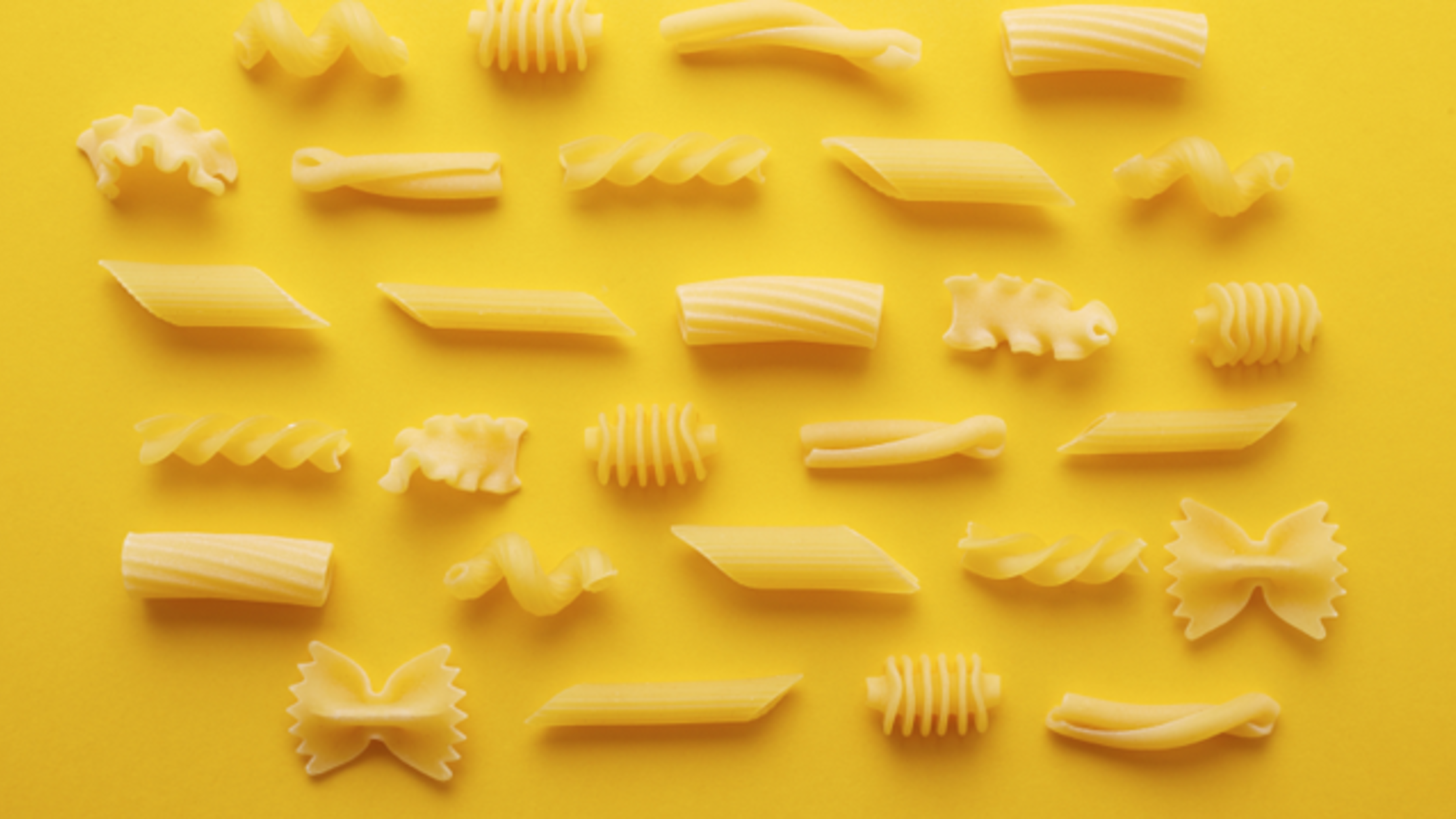

Your want plenty of flour on the outside of each ball, each the size of a large marble, as this will help to make a protective skin on the naked pasta.īoil in well-salted water (wait for them all to bob to the surface, then cook for 2 minutes more), and serve immediately.ġ or 2 sticks celery stalks, finely choppedġ pound leftover slow-roast, braised, or pot-roasted lamb meat, diced, plus its cooking liquid (reduced if watery)ġ 1/2 - 2 tablespoons finely chopped fresh rosemary Roll a small ball in flour, and test for integrity (by boiling in water-it should hold together) before rolling the dough into 20-30 small balls with well-floured hands. Mix together all the ingredients, season and then let sit for half an hour for the bread crumbs to thicken the mixture. If your ricotta seems wet, let it drain in a sieve for a while. Some would disagree (they should use pecorino Romano, but given their dubious taste are probably sprinkling Parmesan).ġ/2 cup grated pecorino Romano (or Parmesan), plus extra to serve Best served without cheese in my opinion, rather a drizzle of oil. Drain, transfer to a frying pan, and add 1 cup plus 1 tablespoon of the spicy tomato sauce along with a splash of the cooking water. Season with more salt to taste, remove from the heat, and stir in the basil.īoil the penne until marginally undercooked. The tomatoes should taste fresh, but no longer raw. Boil fairly briskly until the sauce has a little body (you will see the bubbles get a bit bigger) but is by no measure thick. Add the red pepper flakes followed by the tomatoes and 3/4 teaspoon salt. That would be fun."ġ 1/2 teaspoons crushed red pepper flakesĢ 1/4 pounds ripe tomatoes, pureed (seeds and all)įry the garlic in the olive oil for a few moments until cooked, but not yet colored. We quite like the idea of making some very, you know, for example hexagonal forms, or octagons - things like that, where there are lots of edges. "I feel that there might be some more geometric shapes to explore. I feel that there are some sort of spindle shapes with pointy ends that have never been done, sort of fat in the middle and pointed either end," she says. While Kenedy is thinking of recipes, Hildebrand says she's constantly thinking of pasta shapes. And again with the mouth feel, it works very well - the oysters have this slightly silky, wavy texture, when they're cooked, as does the pasta." "And there's a risotto I make quite often with oysters and Prosecco - very light - and I adapted that into the pasta. And I made it, and I tried making it a number of times and playing with it, and it did come out completely disgusting every time I tried to make it - it was far too '70s," he says. And we found one from the '70s with oysters in a bechamel.

"I was looking for recipes that somehow spoke of the time they came from. "Many a priest has probably met his fate at the hands of strozzapreti."įor the dischi volanti, or flying saucers, Kenedy says he struggled to come up with a recipe for the pasta that dates from the '70s. "There are a number of different theories as to why they've got the name - possibly because they're so delicious and priests stuff their faces with them, or down to the intentions of the woman who made them," Kenedy says. "They're also used with a pumpkin it's lovely in them."Ĭhef Jacob Kenedy created the recipes for the book - and says he struggled with some of them, like the dischi volanti. "I quite like them with a fairly light filling, with a ricotta and chicken, or something fairly, fairly light," Kenedy says. Cappelletti, cappellacci and tortelli are pastas with folds.

There are pastas whose names come from industrial words to make the industrial shapes, including eliche (screws) and fusilli (spindles).īeyond the industrial shapes, canestrini are little baskets used in soups. And the idea that the Industrial Revolution inspired pasta shapes is kind of wonderful." "I mean, probably incredibly difficult, and I know some people have tried and failed, but I think they are very exciting. "I think one of the most amazing opportunities that could ever befall a designer would be to design a pasta shape," she says. "They may not all be different shapes, but there are at least 1,200 names - and counting," Hildebrand says. In doing the research for the book, Hildebrand and Kenedy identified more than 1,200 names for pasta. Jacob Kenedy, chef and co-author of 'The Geometry of Pasta' And they all have a different 'mouth feel' that works differently with a different sauce. Some pastas are ridged or quite rough on the outside, which makes them catch a sauce quite well, and others are smooth and slippery.


 0 kommentar(er)
0 kommentar(er)
